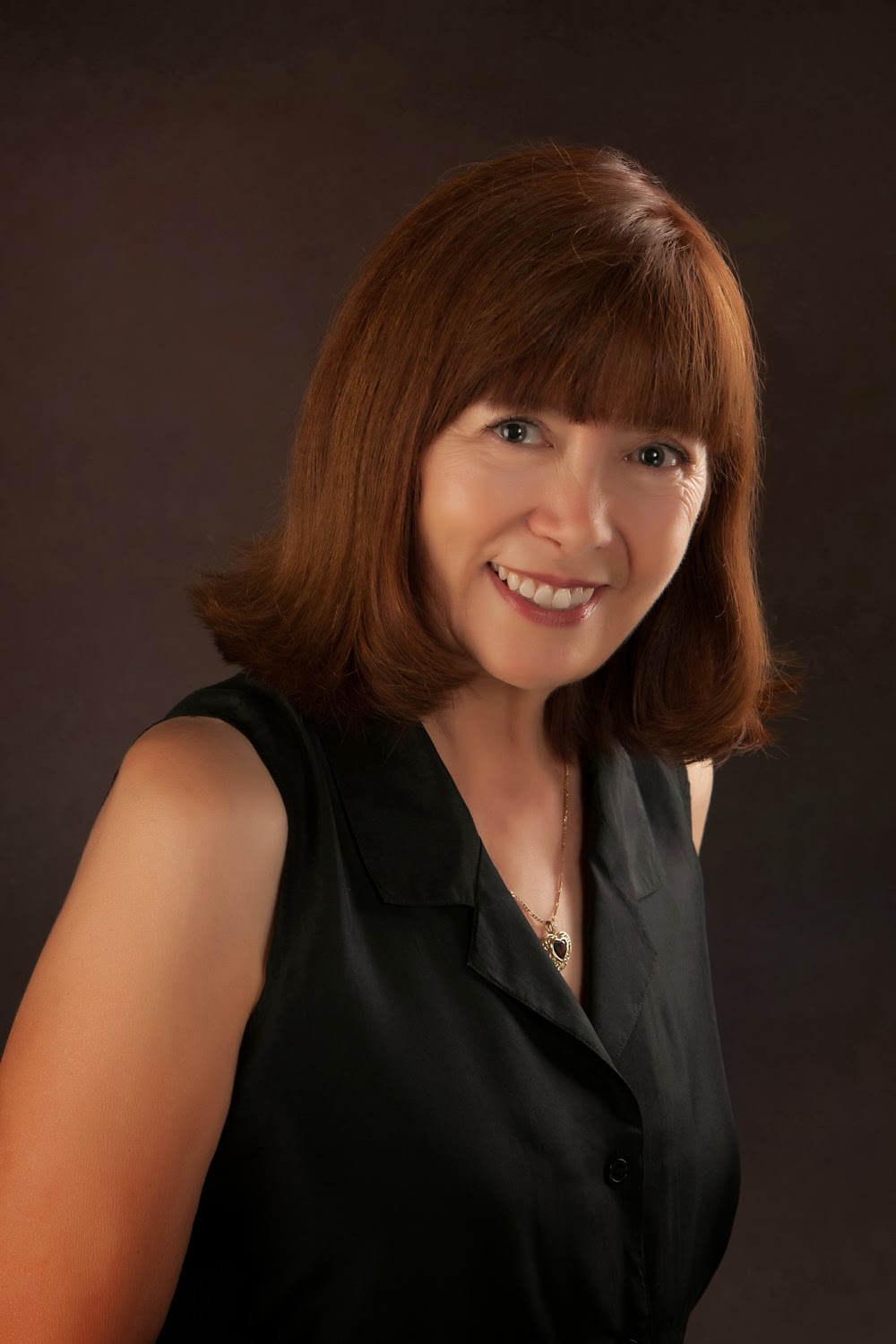At the time, most of the residents north of the Saint Lawrence River were of French ancestry, (typically Catholic) while farther south were the British colonies (typically Protestant). Much of what had been France's colony was populated by the First People. For the most part, the French settlers were trappers and traders and coexisted. British settlers were generally not so amiable. I'm not looking to cause trouble but the British were not good neighbors. Yes, they felt they had good reason. Did France take advantage of it? Of course.
I've posted before, here and on my other group blog, Inkwell Inspirations, about the relationships between Native tribes and how 'siding' with one colonial power or another only made more problems in the long run. (See New York's Native People) Along comes the Revolutionary War, and now, without France in the picture, it is Britain against her colonies and both sides are looking for help from the tribes they've done little to ingratiate.
War rages. Thousands of Tories leave the new United States and head for British Canada. Families split and come back together. An influx of new residents adds to the already strained relationship in the British Colony of Quebec. Britain's solution is to take the populated areas along the St. Lawrence River and divide it into two large colonies: Lower Canada and Upper Canada.
Keeping the Catholic "French" happy was important when it was hard to tell who was your enemy or friend in the colonies.
Now here's the confusing part if you look at a map. Lower Canada is farther north. It was the eastern portion of the original Quebec colony and for the most part was populated by Catholics of French ancestry. The capital was Quebec City.

Upper Canada was west and farther south. It became a colony of British subjects and loyalists (Tories) who'd fled the new U. S.
The upper and lower designations come from the fact travel was much easier by water and much of the area was settled via the St. Lawrence River. If you settled in the east, you were in "Lower Canada". If you went far UP river (to the west, um, actually south) you were in Upper Canada. Simple, right?
I was confused until I asked a Canadian Reenactor a few years ago.
Although Montreal is now the capital of the province of Quebec, it was once the capital of Upper Canada and administered by the British.
Things had barely settled with the new colonies when war broke out between the United States and Britain in 1812 over naval press gangs, the arming of First Peoples by the British, and continued trade-without-permit along the St. Lawrence and Great Lakes. Upper Canada became central in the American War of 1812.
Forts that had changed hands between British forces and French forces throughout the last fifty years, now were won and lost by British and American forces.
I love the history of this area and I hope this has cleared up confusion or stirred up interest in these areas!

































